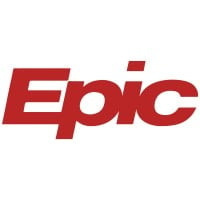
PhonePe
PhonePe Group is India’s leading fintech company, proudly recognized as India’s #1 Trusted Digital Payments* Brand for three consecutive years. Our flagship product, the PhonePe app was launched in August 2016, has rapidly become the preferred consumer payments app in India. In just eight years, PhonePe has gained over 57 crore + registered users and established a digital payments acceptance network of over 4 crore+ merchants spread across Tier 2,3 cites and beyond, covering 99% of the postal codes in the country. Building on our leadership in digital payments, PhonePe Group has expanded into financial services—including insurance, lending, and wealth management—along with new consumer tech ventures such as Pincode, a hyperlocal ecommerce platform, Indus App Store - India’s first localized app store, and Share.Market- A wealth and investment platform (app & website), catering to investors and traders needs. Headquartered in India, PhonePe Group aligns its diverse portfolio of businesses with our vision We're committed to empowering every Indian by unlocking the flow of money and providing equal access to easy & secure payments and financial services.






